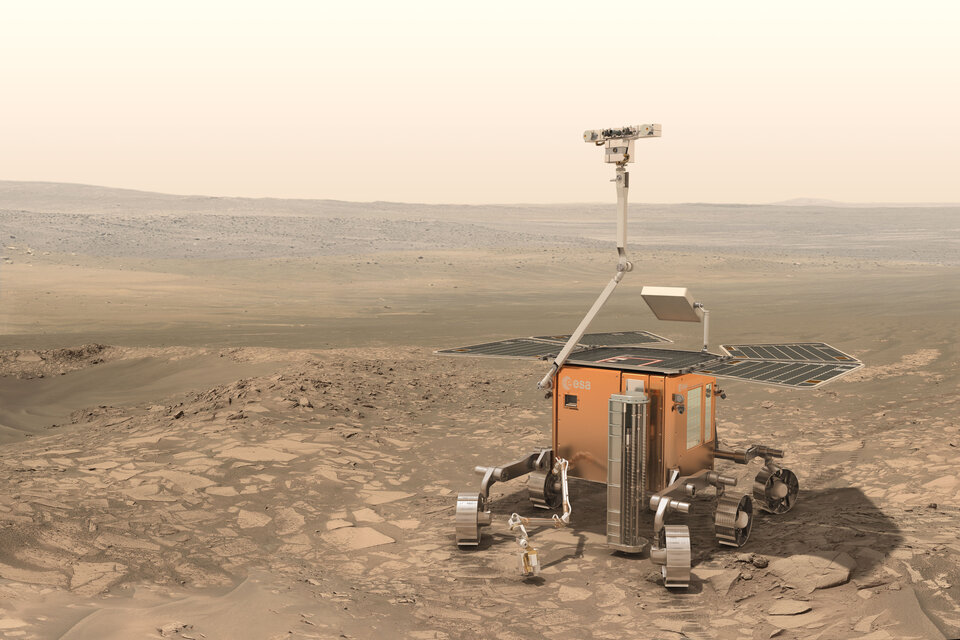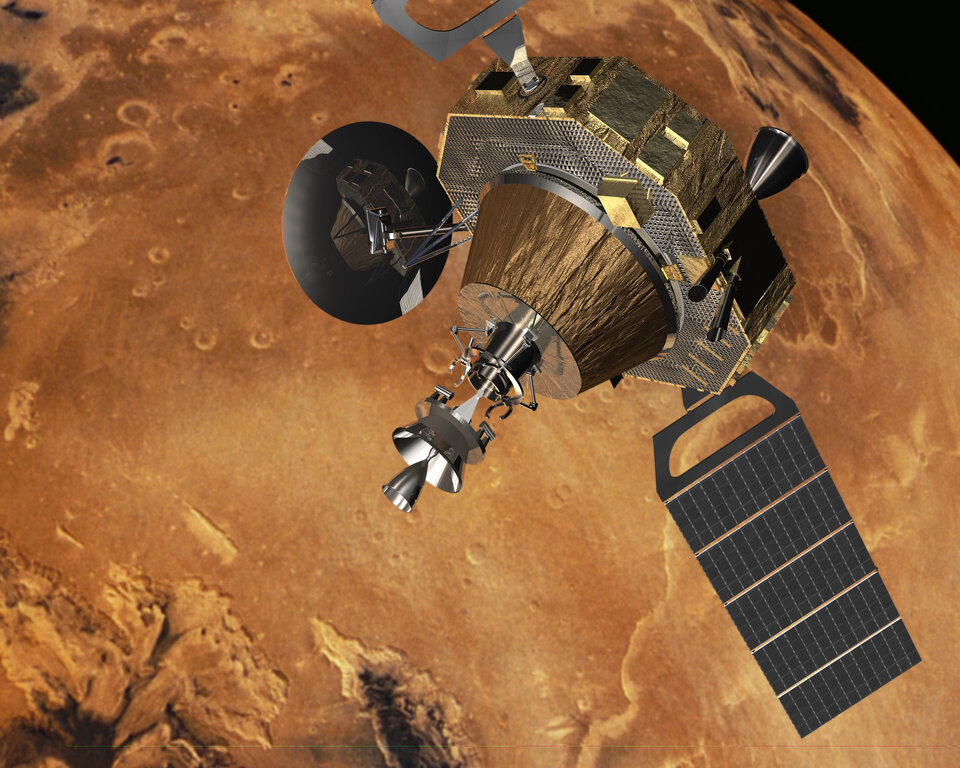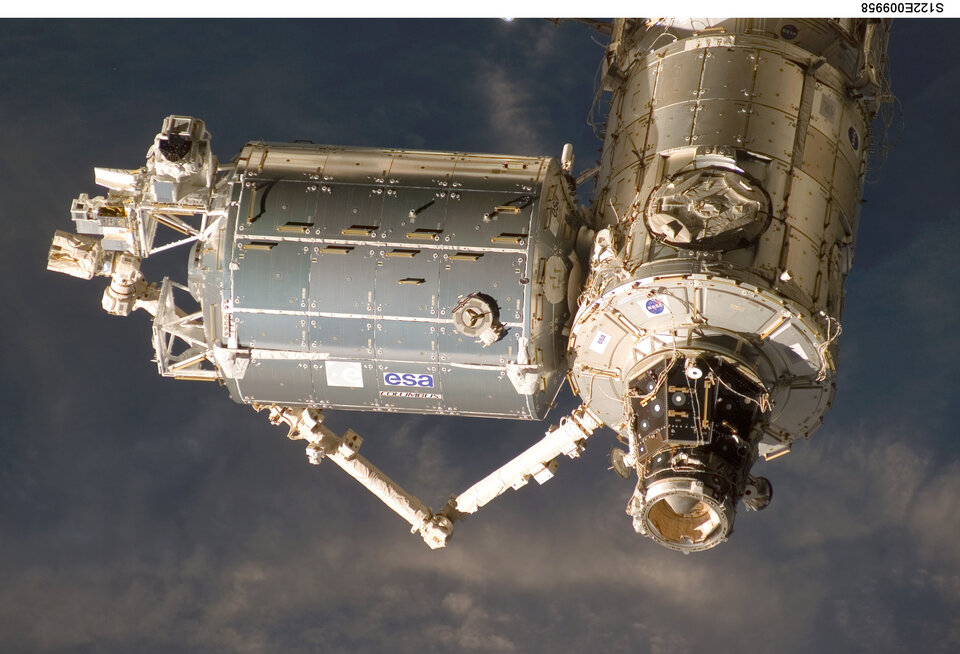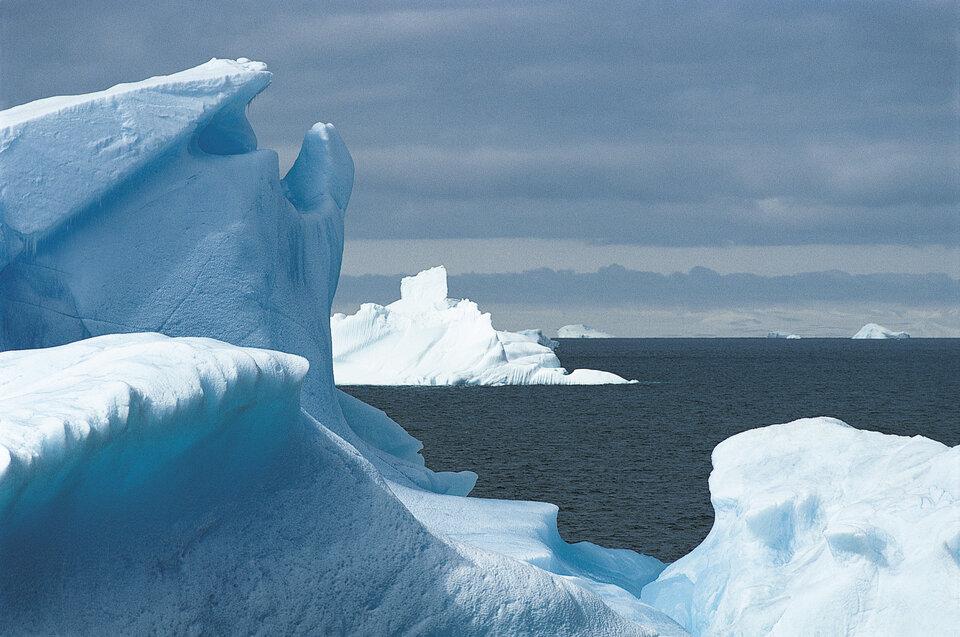Contributing to a knowledge-based society
Cosmic Vision 2015-25
The Cosmic Vision (2015-2025) is the long-term plan of ESA’s mandatory Scientific Programme. Its underlying vision is the search to understand the formation and functioning of the Universe since the Big Bang, and respond to questions on the conditions for life and planetary formation.
The scientific community looks to the ESA Scientific Programme for leadership. Particularly, ESA provides opportunities to fly the larger, more technologically challenging missions that are not within the capabilities of single Member States. The Cosmic Vision 2015-2025 plan will provide such opportunities.
Delivering the Cosmic Vision plan as early as possible is extremely important to the European scientific community, as well as to European industry. However, bringing forward the plan can only happen if appropriate funding levels are granted in the next Level of Resources (2009-13) to the Scientific Programme, thus ensuring challenging technological work for European industry and providing the European scientific community with a continuing world-class programme.
An assessment of the financial capacity of the Member States shows that an increase in the Level of Resources dedicated to the Scientific Programme of 3.5% per year is possible as a compromise between requirements of the programme and funding capabilities of the Member States. The first objective must be to complete the approved missions which are currently under development and in operation, including the BepiColombo mission to planet Mercury, in the most cost-effective manner.
The next goal is to implement the future missions (to be decided by the Science Programme Committee from a list which will include Solar Orbiter) as close to the initial calendar as possible, with the first new science mission launch by 2017 and with launches at approximately eighteen month intervals thereafter.
Enhanced ExoMars

The mission has evolved significantly from the original scenario proposed in December 2005, and is due for launch in early 2016 using a heavy-lift launcher (an Ariane 5 from Kourou or a Russian Proton-M from Baikonur) and arriving 10 months after launch.
The first mission of ESA’s Aurora programme, it includes developments in several main components: the spacecraft composite consisting of a Carrier Module and a large Descent Module; the Pasteur and Humboldt payloads; the Entry Descent and Landing system; a mobile Rover including a drill capable of drilling down to 2m in depth and sample acquisition capability.
Discussions are under way for Russia and NASA to be major partners in this mission: partnership with the USA could include provision of various functional elements, such as the Pasteur Urey exobiology instrument and contributions to other Pasteur and Humboldt instruments.
Partnership with Russia would see a linkage to their Phobos-Grunt mission to the martian moon Phobos, with elements such as procurement and handling of radioisotope heating units; scientific cooperation on instrumentation; communications cross-support for Phobos-Grunt; and the potential use of the Proton-M as launcher.
All this still subject to final confirmation at the completion of the on-going investigations with the partners. In addition, certain simplifications of the mission will be required to get within the subscription envelope.
Mars Robotic Exploration Preparation

The future Mars Robotic Exploration Preparation programme (also included in the European 'Aurora' space exploration programme) is a preparatory programme for the development of European capabilities to enable the long-term exploration of Mars.
It includes the definition of an exploration strategy and roadmaps, and Mars Sample Return (MSR) preparatory studies with a view to a cooperative endeavour that could take place between 2020 and 2030 with NASA and possibly other partners.
The programme also covers intermediate missions before MSR (such as rendezvous and capture in orbit, aero-braking, sample collection, high-mobility rovers and hard landing demonstrations), exploration technology developments as well as awareness and education activities.
European Programme for Life and Physical Sciences

Following the Period 1 and 2 programmes which prepared the European scientific and industrial community carrying out preparatory experiments on non-ISS platforms, the European Programme for Life and Physical Sciences (ELIPS) Period 3 proposes extensive and optimised use of the Columbus laboratory and of the European resources and capabilities available on the ISS.
This is to be complemented by a unique suite of autonomous mission platforms for performing gravity or radiation-related research.
The programme will provide focused fundamental research in life and physical sciences in space; applied research (addressing for example diagnostics and novel treatments for age-related diseases), industry-driven R&D and technology demonstrations in aerospace, energy, automotive and biotechnology; enabling research for human exploration (crew health and exobiology research), as well as education and outreach.
Climate Change Initiative

Climate change is probably the greatest challenge facing humankind this century. ESA and its Member States are strongly committed to developing space initiatives that can help minimise and mitigate the effects of climate change.
The ESA Climate Change Initiative aims to provide consistent long-term global records of the ‘Essential Climate Variables’ that are required by the Global Climate Observing System (GCOS) to support the work of the International Panel on Climate Change and the United Nations Framework Convention on Climate Change.
This programme will focus on those climate variables (such as greenhouse gas concentrations, ocean salinity and temperature, sea and lake levels, sea-ice and snow extent, fire disturbance) for which ESA satellite data sets (30 years of archives, ERS, Envisat and future Earth Explorer and Sentinel missions) will make a major contribution to complement that of international partner space agencies.
The Climate Change Initiative will build on Europe’s substantial expertise in processing, generating, and exploiting global data sets. It will guarantee the availability of this space-based information for the future, in a form readily usable by scientific communities and government bodies. By enabling earth observation and climate scientists in Europe to focus their collective efforts on this critical issue during the 2009-15 timeframe, this new initiative will pave the way for future operational support to climate policies from the GMES system.
The long-term preservation of data from Earth observation missions, operated and acquired by ESA, is of paramount importance for the monitoring of long-term global trends with regard to many environmental parameters. A comprehensive approach to the achievement of this objective will be proposed at the next ESA Ministerial Council planned for 2011.
Until then, and in preparation, a provisional solution is proposed for the next three years, including the archiving of the data and the evolution of data processing and data access systems in cooperation with national space agencies and other data owners.









